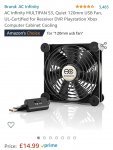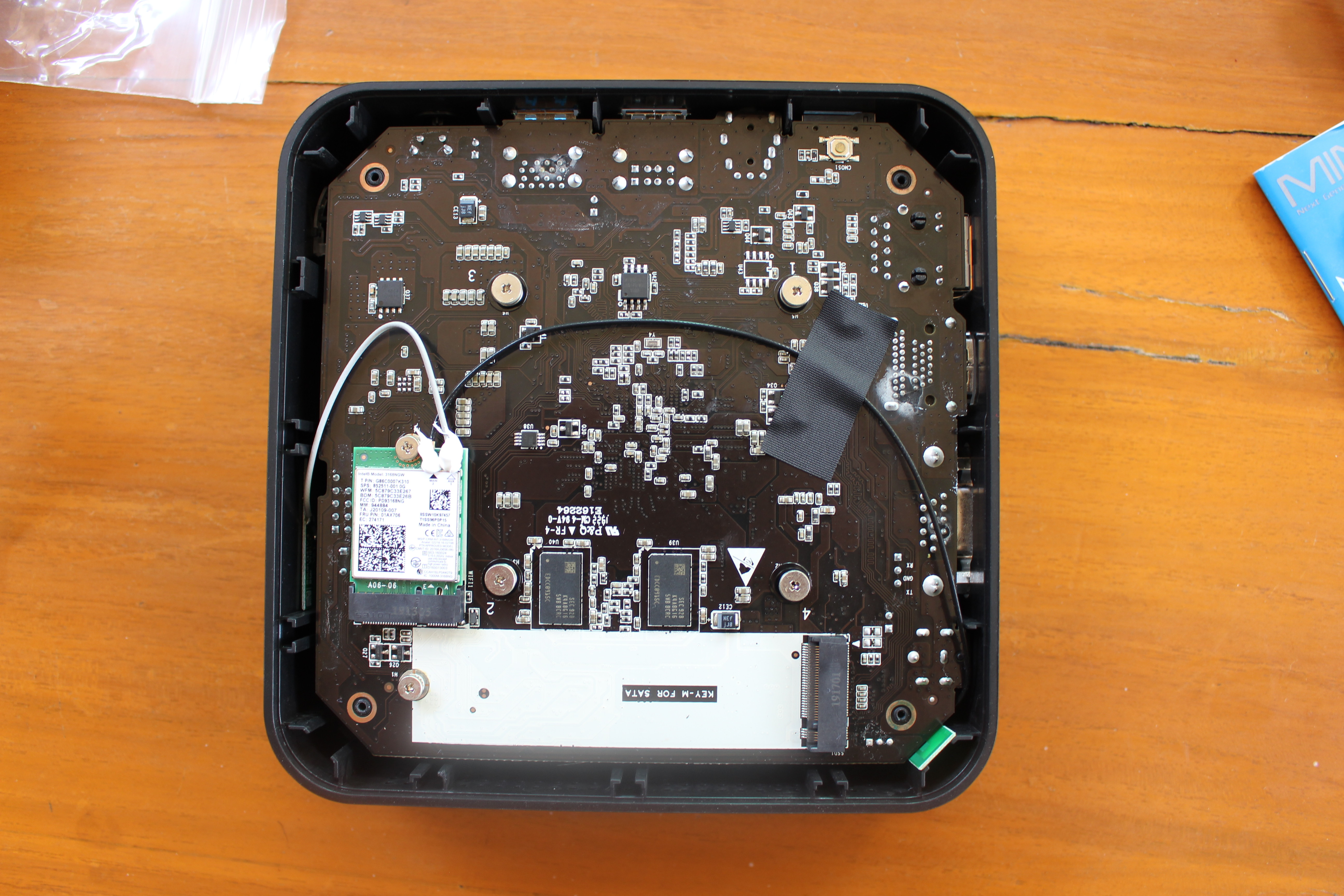Hi,
I rencently purchased a Minix Neo G41V-4 (1 month ago).
It's overheating and crash when I simply stream a video in HD (after 40 minute of use).
Is there a way to replace the fanless cooling system with another solution? I'm thinking to install a fan like this one: https://www.lc-power.com/en/product/cpu-cooler/lc-cc-65/
What do you think? Good or bad idea?
If yes, could you provide me a schematic where to plug the fan (3 wire) ?
I'm open for any other solution/alternative.
In advance many thanks & Best Regards,
Roma
I rencently purchased a Minix Neo G41V-4 (1 month ago).
It's overheating and crash when I simply stream a video in HD (after 40 minute of use).
Is there a way to replace the fanless cooling system with another solution? I'm thinking to install a fan like this one: https://www.lc-power.com/en/product/cpu-cooler/lc-cc-65/
What do you think? Good or bad idea?
If yes, could you provide me a schematic where to plug the fan (3 wire) ?
I'm open for any other solution/alternative.
In advance many thanks & Best Regards,
Roma



